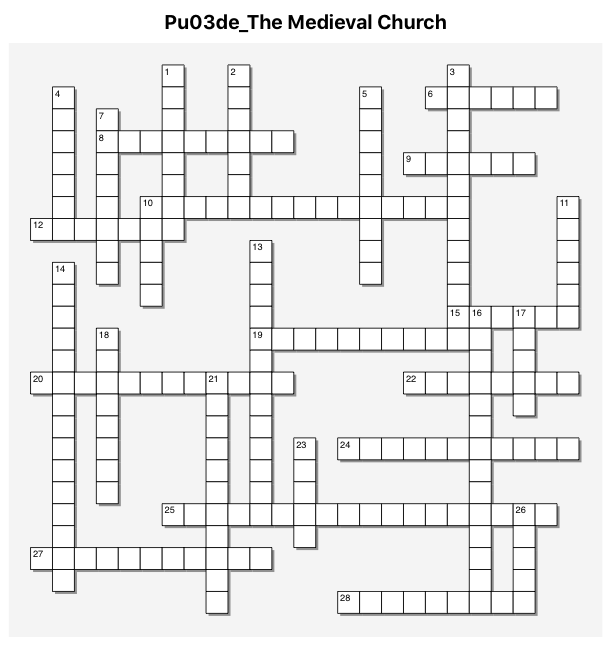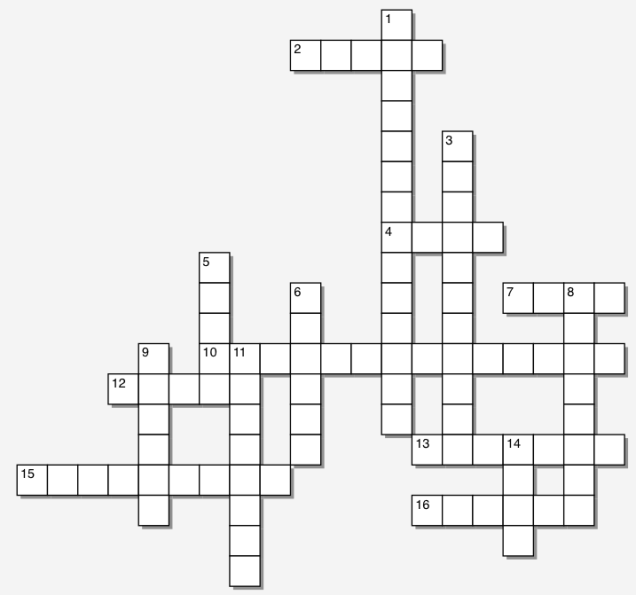Pr03de_Europe of the High Middle Ages: Change and Turmoil (Slide by Slide Description)
Slide 01 (Cover Slide): The map is of Europe mid-way through the 12th C. Each colored area and the cities (Stars) that dot the map is representative of the places listed in the upper-left corner.
The map is a visual representation of the violence that permeates Medieval Europe and the resulting ‘fracture’ of political entities. Unlike the relatively stable era of the Frankish Kingdoms centuries before, this Europe has become destabilized despite the qualities of a Feudal system.
Slide 02: A description of ‘Change’. It’s not a force of some kind. Instead, ‘Change’ is the result of a force or forces.
Slide 03: On a smaller scale, the Church is changing, and continue to do so, in this era. The forces acting upon the Church leaders are many, and will have connections to those forces that affect greater Europe.
Slide 04: Since the heyday of the Frankish Kingdom, Europe has subject to growing feudal organization. However, it’s not until the 10th C. and beyond, that the Feudal Europe many students have a vague notion of undeniably emerges. That system instituted and refined, over two centuries, a hierarchy meant to rigidly organize society. But, signs of societal instability are everywhere to be seen in this society- which was structured to be stable.
In our upcoming investigations, we will take a look at several ‘forces’ that may be causing Europe to ‘Change’.
Slide 05: First up, in our search for an explanation of Europe’s instability is Food Production.
After reading R03e_Growth of Urban Centers, you should be asking yourself “What was a primary mover for changes described in the text?” Several developments are described in the reading, but they leave a gap where you and I can ask “Why?”
A rising population number can begin to explain the movement to towns. That population growth is a product of other ‘forces of Change’ that were contributing to an Agricultural Revolution.
The steady increase in food production contributed to (or if you’re Robert Malthus: ’caused’) a rapid growth in population. {see Malthusian Theory of Population at https://goo.gl/E9hCOU}
What’s causing food production to jump?
The image is representative of the agricultural portion of a feudal Manor. Fields are divided into segments for crops and livestock. Fallow fields are necessary to allow for soil rejuvenation. This is the way it’s been done for centuries in Europe.
But, what if we alternate crops that are planted each growing cycle in these fields, and introduce other crops that enrich the soil while avoiding fallow (unproductive and eroding) fields? Enter: CROP ROTATION & THREE-FIELD SYSTEM.
This innovation introduced a ‘cover’ crop (Ex.: Clover) to diminish wind erosion on fallow fields while providing plants for cattle grazing.
Legumes, a nitrogen-fixing plant species (Ex.: Peas), were planted and thus the soil was enriched as the land produced a nutritious food.
The introduction of Beans added a protein source lacking in the diets of Serfs and Free Peasants.
Better land management. More food. Better quality food. You get more people.
Slide 06: This image is not of an actual ‘ancient’ plow. However, it is an example of an early plow. Crudely constructed and unable to break the clumps of soil that existed in parts of Europe North of the Mediterranean basin. This type of plow dominated the Classical period of Greece and Rome.
These types of plows could not sustain farming communities in the Northern regions of Europe which left that area relatively unpopulated.
Slide 07: This image represents a sturdier, metal-blade, plow that was introduced into Europe during the High Middle Ages. This technology would make the rapid occupation of the Northern, forested, areas of Europe since farmers can now till that soil.
This plow and the previously mentioned land management changes is an example that the Medieval Period was not devoid of innovation and technology- as some textbook sources might imply.
Slide 08: Another innovation targeted the harnessing of animal power for agricultural work.
Common for many centuries in Europe was the use of Oxen to pull plows and carts. Teams of two, joined together by a yoke, are depicted here pulling a cart.
Slide 09: Here is a wooden yoke made for Oxen. It rests on top of the animal’s shoulders and the loops encircle the neck. This yoke would be for a team of two Oxen.
A few things to consider: Oxen are very slow, stubborn in temperament, low stamina, and very strong.
A horse, on the other hand: Very fast, responds well to commands, high stamina, strong- but not as strong as an Ox.
Slide 10: Horses were not commonly owned during the Medieval Period because they have a major drawback: the expense to maintain and feed them. Horses must be have ‘shoes’, groomed, and fed high quality fodder (Ex.: Oats). This is one reason why horse ownership becomes a status symbol in this era. If you owned one or more, you had to be wealthy. Knights would be on a horse, Peasants would use and ride Oxen.
Innovation and technology was needed to employ the horse as a work animal; targeting it’s attributes toward food production. Enter: THE HORSE HARNESS.
This harness, unlike the Ox’s yoke, transferred the animal’s power to the plow/ cart via a harness that rested on its back and strapped along its chest. If a yoke was used instead, the horse would choke whenever it attempted to pull something.
Additionally, the efficiency a farmer gains from doing his work faster with an animal that tires less-frequently, more food could be produced to feed the horse the high-quality grains it needs (Ex.: Oats). The spare time the farmer earns can be partially used to groom the animal and put ‘shoes’ on its hooves.
More work. Less Time. More efficient. More food and more people.
Slide 11: The innovations and technology I’ve briefly described here did not originate in Europe. These ‘ideas’ traveled TO Europe and were modified, once there, by Europeans to suit their needs and fuel and agricultural revolution.
Therefore, where did they come from and why did it get to a Europe that lived under a feudal system that endorsed ‘self-sufficiency’?
Enter: THE CRUSADES
The Crusades provided a reason to venture far from feudal Europe and then the powerful engine of cultural diffusion did the rest. This crusading era will be a topic of future investigation.
Slide 12: Citations


